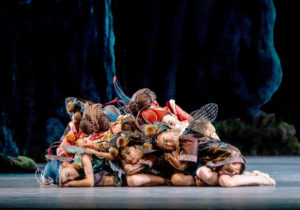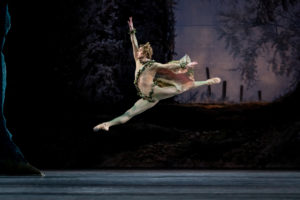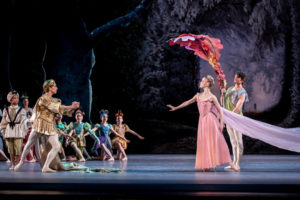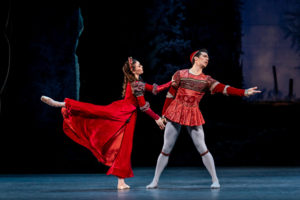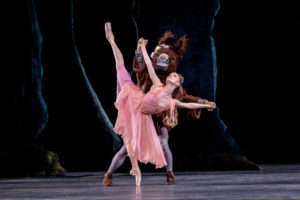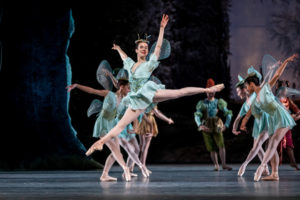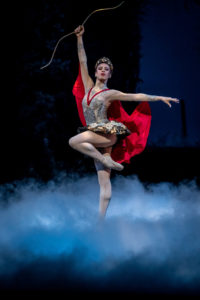As his audience continued to applaud after his second encore, Ray Chen shouted out “You make me feel like a rock star!” That is exactly right; the full to the rafters audience could not let him go. From Tartini to Chick Corea, this virtuoso violinist swept away his audience by his fantastic playing.
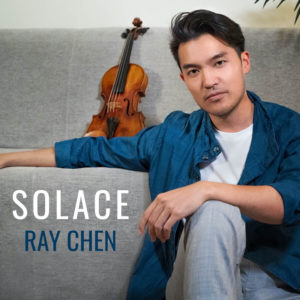 Violinist Ray Chen as pictured on his album, SOLACE, 2020, featuring selections from Bach’s Partitas and Sonatas.
Violinist Ray Chen as pictured on his album, SOLACE, 2020, featuring selections from Bach’s Partitas and Sonatas.
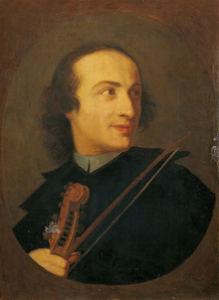 Giuseppe Tartini composer-violinist (1692-1779)
Giuseppe Tartini composer-violinist (1692-1779)
His program began with Giuseppe Tartini’s Violin Sonata in G Major, Devil’s Trill (1713). There are four movements in this remarkable sonata. After each movement, there were moments for audience members to open their eyes very wide as though they realized they were hearing exceptionally difficult music as though it were easy. The piece, arranged by Fritz Kreisler, was an extraordinary accomplishment presenting four different moods. Starting with a Larghetto affettuoso, slowly emotional; an Allegro energico picked up the excitement; the third movement, Grave, checked the energetic happiness; and then closed with Allegro assai. The performer smiled. He had knocked our socks off and this was only the first selection.
Chen’s pianist partner is Julio Elizalde. He has played with Chen for a long time. He played his debut SF Symphony Great Performers Series with Chen, 2019. Elizalde has performed in great halls around the world. He performs as a soloist, collaborator, curator, and educator. He earned his BA degree with honors at the SF Conservatory and his master of music and doctor of musical arts from Juilliard. He wears many hats and receives many awards in the world of music.
 Ludwig Van Beethoven, Composer (1770-1827)
Ludwig Van Beethoven, Composer (1770-1827)
Beethoven’s Sonata No. 7 in C minor, Opus 30, no. 2 (1802) was so different from the Tartini Sonata one could imagine them from different planets. They are from different centuries. The world had changed and music changed; Beethoven’s influence made sure of that. The opening movement, Allegro con brio, is suspenseful, taut, and occasionally breaks into dramatic rests. There are moments that seem cheerful and other times that hold a simmering anger or anxiety. This sonata was written as Beethoven realized his deafness was taking away so much. The second movement, Adagio cantabile, had a tenderness to it but it could not be sustained. The music set up its own protest at conditions that could not change. Beethoven’s Scherzo: Allegro was playful, a little jokey, with a new conversation between the piano and violin. There is irony that steels the wit. The Finale: Allegro-Presto recalls the explosive energy of the first movement. Beethoven will not let it explode. He knows how to ride the wind and thrills us with the Presto.
During the intermission, thinking about this unsettling music led me to wonder what I could have expected. There is no reason to search for a musical pigeon hole. The Sonata was stirring and in its rough beauty could be dangerous, but a danger to keep.
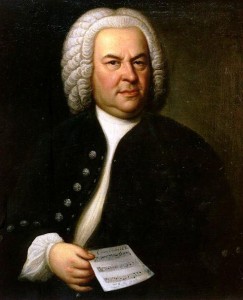 Johann Sebastian Bach, Composer (1685-1750)
Johann Sebastian Bach, Composer (1685-1750)
Bach’s Partita No. 3 in E major for Solo Violin, BWV 1006 changed the mood of the music as well as the look of the stage. Before the concert began, I saw the piano on the stage. There was no one onstage and no thing other than the piano. My eyes were full of the piano, its shape and color. It is such a beautiful thing, sitting there on center stage, I felt that I could spend time just looking at it. A piano is powerful. It looked at ease, occupying its space. It shaped all the space around it. It also looked like it was waiting for the moment when it would spring like a beautiful beast jumping into action, letting its power take charge.
When Ray Chen entered that space with his violin, everything was different. Here was a man with a violin. Alone, he and his violin filled the entire hall with the visual art of the physical presence of the artist and violin and the movement he makes to release the music. The sound is physical and has a spiritual life as well. He recorded his album, SOLACE, as the world was changed by the COVID pandemic. We were at a standstill. Chen wrote that it “became a time of self-reflection, and a renewed appreciation of the power of music….Bach’s music, in particular, written so far ahead of its time, reminds us of an important message: that humanity struggles onward despite the odds.”
So often Bach’s great work is described as ordered, geometric, balanced. All of that is true, but Chen hears the character of the music. The parts of this partita express sadness, loneliness, joy. Two movements of the Partita No. 3 in E Major, are included in the collection of movements from Sonatas and Partitas in SOLACE. The first movement, Preludio, is a waterfall of music. There are endless fast 16th notes challenging the violinist to rise above the Niagra Falls of Bach’s thrills. Chen takes it on, dashing in and through the churning waves. The other part that is on SOLACE is the third movement, the joyful, though polite, Gavotte and Rondeau. Five of the six movements really are about movements. Bach knew he was following the ideas in the dances: minuets, bourres, gavottes. How wonderful that this great composer-musician indeed had room for the dances in his heart.
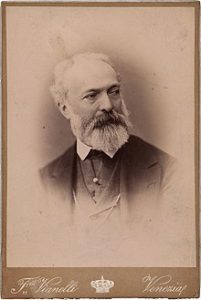 La Ronde des lutins, Opus 25, by Antonio Bazzini is a fantastic piece which Izthak Perlman often includes in his encores. It made me happy that Chen had it in his program. The title means Dance of the Goblins, though it also has a more formal name, Scherzo Fantastique. Even I, a non-violinist, can tell how difficult this piece is. Bazzini was successful as a touring virtuoso. He also spent five years as a soloist with the Leipzig Gewandhaus Orchestra, conducted by Felix Mendelssohn. He was president of the Concert Society in his home city, Brescia, and became the director of the Milan Conservatory, 1882. He wrote six string quartets and two quintets. Three of his students went on to compose operas: Pietro Mascagni (Cavalleria rusticana), Alfredo Catalani (La Wally), Giacomo Puccini, too, although Puccini moved to another professor, Amilcare Ponchielli (La gioconda). In short, Bazzini was successful, well known, and a significant personage in Europe in the 19thc., and still, La Ronde des lutins is his calling card, his home run in the bottom of the 9th inning. James M. Keller describes from the musician’s view what Bazzini did to make it available for performance only to the greatest technicians: “ricochet bowing, left-hand pizzicatos, alternate fingerings, runs of double-stopped thirds and tenths, double -stopped trills, and double harmonics.” Hats off to Bazzini and Alpha violinists. I credit the Goblins.
La Ronde des lutins, Opus 25, by Antonio Bazzini is a fantastic piece which Izthak Perlman often includes in his encores. It made me happy that Chen had it in his program. The title means Dance of the Goblins, though it also has a more formal name, Scherzo Fantastique. Even I, a non-violinist, can tell how difficult this piece is. Bazzini was successful as a touring virtuoso. He also spent five years as a soloist with the Leipzig Gewandhaus Orchestra, conducted by Felix Mendelssohn. He was president of the Concert Society in his home city, Brescia, and became the director of the Milan Conservatory, 1882. He wrote six string quartets and two quintets. Three of his students went on to compose operas: Pietro Mascagni (Cavalleria rusticana), Alfredo Catalani (La Wally), Giacomo Puccini, too, although Puccini moved to another professor, Amilcare Ponchielli (La gioconda). In short, Bazzini was successful, well known, and a significant personage in Europe in the 19thc., and still, La Ronde des lutins is his calling card, his home run in the bottom of the 9th inning. James M. Keller describes from the musician’s view what Bazzini did to make it available for performance only to the greatest technicians: “ricochet bowing, left-hand pizzicatos, alternate fingerings, runs of double-stopped thirds and tenths, double -stopped trills, and double harmonics.” Hats off to Bazzini and Alpha violinists. I credit the Goblins.
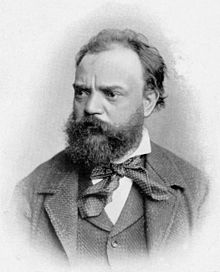 Antonin Dvorak, Composer (1841-1904)
Antonin Dvorak, Composer (1841-1904)
There is more! Ray Chen let us hear him play music from different centuries and styles. Next up is Antonin Dvorak’s Slavonic Dance No. 2 in E minor, Opus 72. Early in his career, 1877, a set of Slavonic dances brought positive notice and some cash to him. He wrote another set in 1886; this one was the second dance. It comes from delightful folk tradition that may have originated in Ukraine, probably in the 1500s. This music was arranged by Fritz Kreisler (as was Tartini’s Devil Trill). While Dvorak wrote it in Allegretto grazioso, Kreisler changed it to Andanate grazioso Quasi Allegretto. It gives the Slavonic Dance more weight and seriousness in addition to the dancers’ delight.
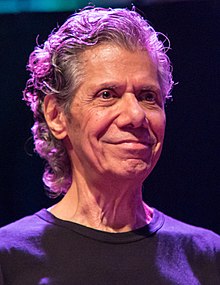 Chick Corea, musician-composer (1941-2021)
Chick Corea, musician-composer (1941-2021)
Chick Corea’s Spain (arranged by Julio Elizalde & Ray Chen), written in 1971, is one of his most popular compositions. It begins by quoting Rodrigo’s Concierto de Aranjuez, a beautiful work that is nostalgic and innovative. Once that introduction is completed, Corea morphs into a samba, and the samba lives in its rhythm and controlled passion. It a major piece of contemporary music especially in Corea’s musical world of jazz, jazz fusion, and his collaborative work with Herbie Hancock, Bobby McFerrin, and classical music of Mozart and Bartok. Spain has been recorded by many musicians of many singular styles: Tito Puente, James Galway, Bela Fleck, ukelele artist Jake Shimabukaro, Blood Sweat & Tears, Manhattan Transfer. It has a life of its own; it is universal music. Chick Corea turned Spain into a piano concerto and performed it with the London Philharmonic in the 1990s.
This was an amazing, grand concert which brought the voices of six composers into the listeners’ heads and hearts. Ray Chen and Julio Elizalde knew that the audience was ready and greedy for encores. There were three encores: A Evaristo Carriego, by Eduardo Rovira (arr. Chen & Elizalde), Czardas, by Vittorio Monti (arr. Chen & Elizalde), and Estrellita, by Manuel Ponce (arr.by Heifetz). The high energy of the concert continued into the encores. The lovely tune, Estrellita, was a calming choice when the musicians decided to say good-night.
RAY CHEN’S COMING TOURS include La Jolla, CA, tonight, March 28th; following that you can find this incredible artist in Storrs, CT, and Amherst, MA. Check the planes and train schedules. Do not miss an opportunity to hear and see this performance.
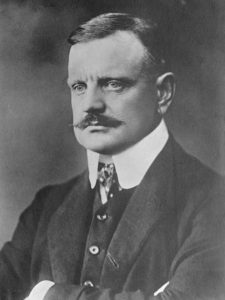 Jean Sibelius, composer (1865 – 1957) born and lived in Finland
Jean Sibelius, composer (1865 – 1957) born and lived in Finland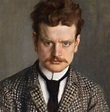 Although he had planned on 3 movements, this symphony was one movement with different tempi changing without the listener noticing the change until after it happens. The time of the symphony constructs and moves on; Sibelius writes through and about Time. It surrounds us and it is us. That mystery we heard at the beginning became an all covering, all happening effect of our world. The beauty of this symphony is frightening and it is us. The love is bigger than one notices from moment to moment, here, down-to-earth, in sight and sound and time. Yes, please play it again.
Although he had planned on 3 movements, this symphony was one movement with different tempi changing without the listener noticing the change until after it happens. The time of the symphony constructs and moves on; Sibelius writes through and about Time. It surrounds us and it is us. That mystery we heard at the beginning became an all covering, all happening effect of our world. The beauty of this symphony is frightening and it is us. The love is bigger than one notices from moment to moment, here, down-to-earth, in sight and sound and time. Yes, please play it again. Richard Strauss, composer (1864 – 1949) Germany/West Germany
Richard Strauss, composer (1864 – 1949) Germany/West Germany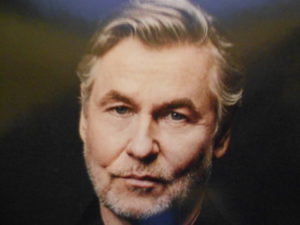 The orchestra played with power and grace. It was their Music Director’s second to last concert. He will lead the SF Symphony and the SF Symphony Chorus, Thursday through Saturday, this week playing Mahler Symphony No. 2. I felt fresh energy from the musicians, and I felt that Maestro Salonen was more relaxed in his directing but also in his own physical movements. The music was simultaneously in his own body as he conducted his orchestra. It is hard to say “good bye” to the Music Director. He made his mark in such a short time, 5 years, and much of that time was taken up with the pandemic. His performances have been memorable, and these recent programs, The Firebird and Sibelius’ Symphony No. 7 will stay in my mind played his way.
The orchestra played with power and grace. It was their Music Director’s second to last concert. He will lead the SF Symphony and the SF Symphony Chorus, Thursday through Saturday, this week playing Mahler Symphony No. 2. I felt fresh energy from the musicians, and I felt that Maestro Salonen was more relaxed in his directing but also in his own physical movements. The music was simultaneously in his own body as he conducted his orchestra. It is hard to say “good bye” to the Music Director. He made his mark in such a short time, 5 years, and much of that time was taken up with the pandemic. His performances have been memorable, and these recent programs, The Firebird and Sibelius’ Symphony No. 7 will stay in my mind played his way.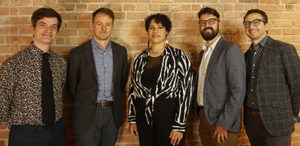

 Gabriela Ortiz, Composer
Gabriela Ortiz, Composer Gabriel
Gabriel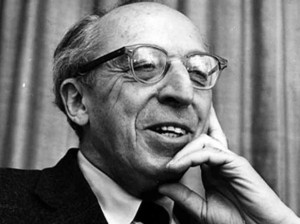 Aaron Copland, composer (1900-1990)
Aaron Copland, composer (1900-1990) Joan Tower, composer
Joan Tower, composer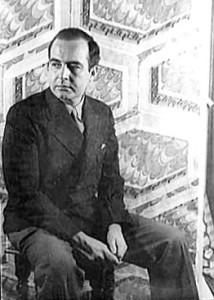 Samuel Barber, composer
Samuel Barber, composer Liv
Liv Helene Grimaud
Helene Grimaud Gabriel Faur
Gabriel Faur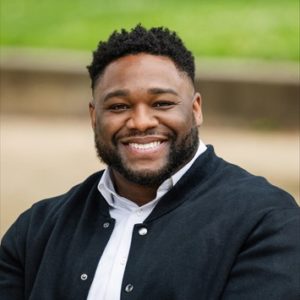
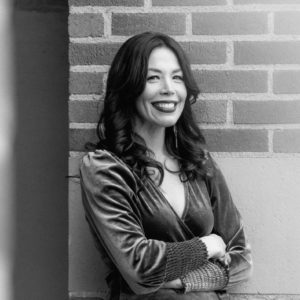 Dr. Tria Blu Wakpa, Assist. Professor, UCLA’s Department of World Arts & Cultures/Dance
Dr. Tria Blu Wakpa, Assist. Professor, UCLA’s Department of World Arts & Cultures/Dance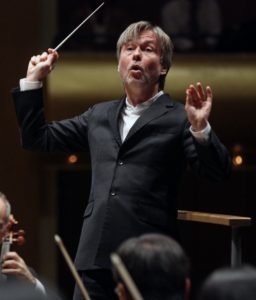 Esa-Pekka Salonen, Music Director, San Francisco Symphony.
Esa-Pekka Salonen, Music Director, San Francisco Symphony.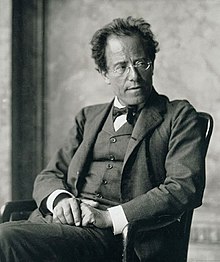

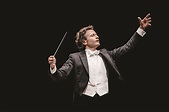 Gustavo Gimeno,
Gustavo Gimeno, 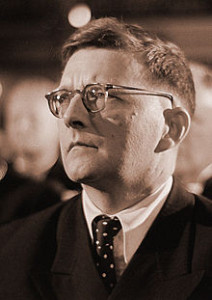
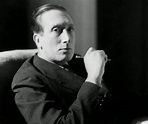
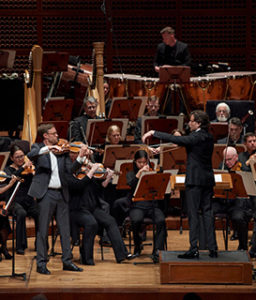
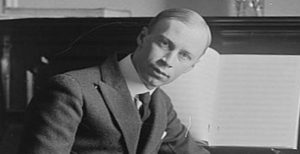 Sergei Prokofiev, composer, 1891-1953
Sergei Prokofiev, composer, 1891-1953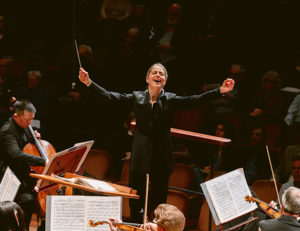 Karina Canellakis, Conductor
Karina Canellakis, Conductor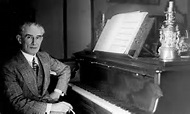
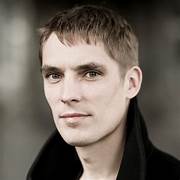

 Violinist Ray Chen as
Violinist Ray Chen as  Giuseppe Tartini
Giuseppe Tartini Ludwig Van Beethoven, Compos
Ludwig Van Beethoven, Compos Johann Sebastian Bach, Compo
Johann Sebastian Bach, Compo
 Antonin Dvorak, Composer
Antonin Dvorak, Composer
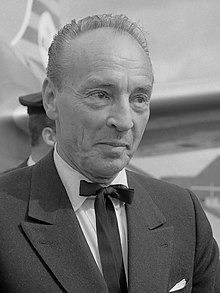
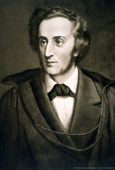 Felix Mendelssohn, Composer (1809-1847)
Felix Mendelssohn, Composer (1809-1847)